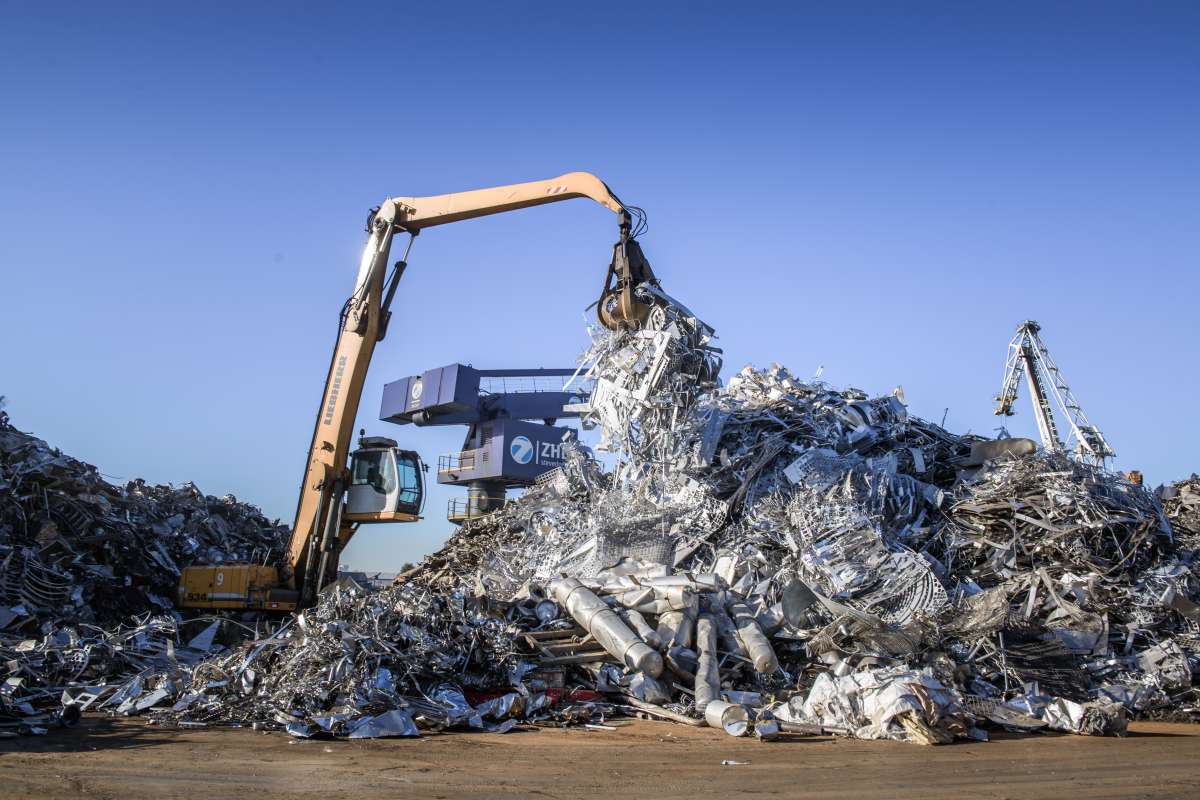For scrapyards, the growing shift toward green steel is creating both challenges and opportunities. With demand for recycled carbon steel expected to exceed supply by 2030, recyclers face mounting pressure to efficiently sort and process every piece of scrap. Adopting advanced analysis technologies is becoming essential to stay competitive, meet industry standards, and support manufacturers’ sustainability goals.

Global initiatives to reach carbon net zero by 2050, such as the EU’s Green Deal, are forcing all industries to prioritize cutting their carbon emissions. For steelmaking, this hits hard. As one of the planet’s most energy-intensive industries, the traditional production of steel accounts for around 8% of all global carbon dioxide emissions. The industry has made significant inroads in developing ‘green steel,’ the term given to steel produced with significantly reduced carbon emissions. Green steel is typically made in electric arc furnaces (EAFs) rather than the old basic oxygen furnaces (BOFs). The point with EAFs is that they run on electricity and – if electricity has been produced in a carbon-neutral way – their use paves the way for steel to be produced with vast reductions in greenhouse gas emissions. So far, so good.
At first glance, the shift to EAFs seems like a win for recycling and the circular economy. These furnaces rely heavily on recycled steel, which can be reused indefinitely without compromising its physical properties. Globally, steel recycling is already well established, meeting 26% of demand through recycled scrap. However, current trends show this is not sustainable in the long term.
Despite significant recycling efforts, including countries like the Netherlands achieving an impressive 97.3% steel recycling rate, demand for recycled feedstock in EAFs is rising faster than its production. At current rates, we’re approaching a tipping point where demand will exceed supply – potentially as soon as 2030. While we currently have a surplus of 9 million metric tons of scrap, projections show this could turn into a shortfall of 15 million metric tons within five years – a substantial gap to address.
Part of this shortfall is due to a predicted increase in demand for goods and is the natural outcome for an economy that is expected to grow year on year ad infinitum. But we’re also being hit by a lack of shredded scrap from end-of-life products, such as vehicles and white goods. Periods of economic downturn (like in 2009) and the global pandemic that resulted in fewer goods being purchased are now having a knock-on effect of fewer products being dismantled for scrap now. And this might not pick up for at least 15 years, maybe more.
For recycling facilities, making the most of every piece of recycled scrap metal will be crucial to meet sustainability targets in the years to come. This means using analysis equipment that is capable of analyzing and sorting scrap in the quantities demanded. Hitachi’s optical emission spectrometers OE720 and OE750 bring the accuracy, speed, and affordability necessary to the recycling yard. Here’s how these advanced instruments meet the main challenges faced by scrapyards and high-end recycling facilities today:
Traditionally, handheld XRF analyzers have been used to separate and sort scrap metals. However, as demand within the foundry sector grows, OES analysis technology is becoming increasingly important to ensure recycled aluminum, copper, and steel meet stringent specifications to be suitable for melt feedstocks.
However, not all OES instruments are the same. Both instruments in the OE Series use superior CMOS detector technology coupled with a patented optical system. This combination means that with just one instrument, the entire range of elements within metals can be detected within the ppm range necessary to meet today’s industry demands.
Recycled metals quality may be the driving force behind high end analysis, but it’s not the only challenge faced by recycling facilities. To compete in today’s landscape and qualify as a supplier for refineries, recycling facilities must comply with an increasing range of environmental, safety, radioactivity, and transportation regulations.
The OE Series helps facilities meet these by ensuring results are reliable and retrievable after analysis. Connectivity to Hitachi’s cloud-based data management system ExTOPE Connect ensures you can find the results when you need to – invaluable at audit time.
To get the most out of recycled scrap, it’s important to be able to analyze tramp and trace elements within different base metals.
The CMOS detector within the OE Series can detect key elements within copper, aluminum, and steel matrices. For example, it can determine phosphorus to very low limits in near eutectic and hypereutectic aluminum-silicon alloys, and the OE750 model can analyze N in steel, H and O in titanium, and O in copper. This technology means the OE Series can also detect boron in carbon steel down to 1 part per million, making it much more straightforward to verify the presence of this hard-to-detect yet crucial element.
The OE720 spark spectrometer analyzes the full range of non-gaseous elements in metals, while the OE750 extends this to include gas analysis. These instruments offer advanced capabilities comparable to higher-end models, making high-quality analysis more accessible to recycling facilities. Additionally, they are designed with efficiency in mind, featuring lower argon and power consumption compared to previous models, helping to reduce ongoing operating costs.
From intuitive software to enhanced performance, the ground-breaking OE Series could make all the difference to your scrap recycling analysis capability. Get in touch to arrange a demo.
Contact Us